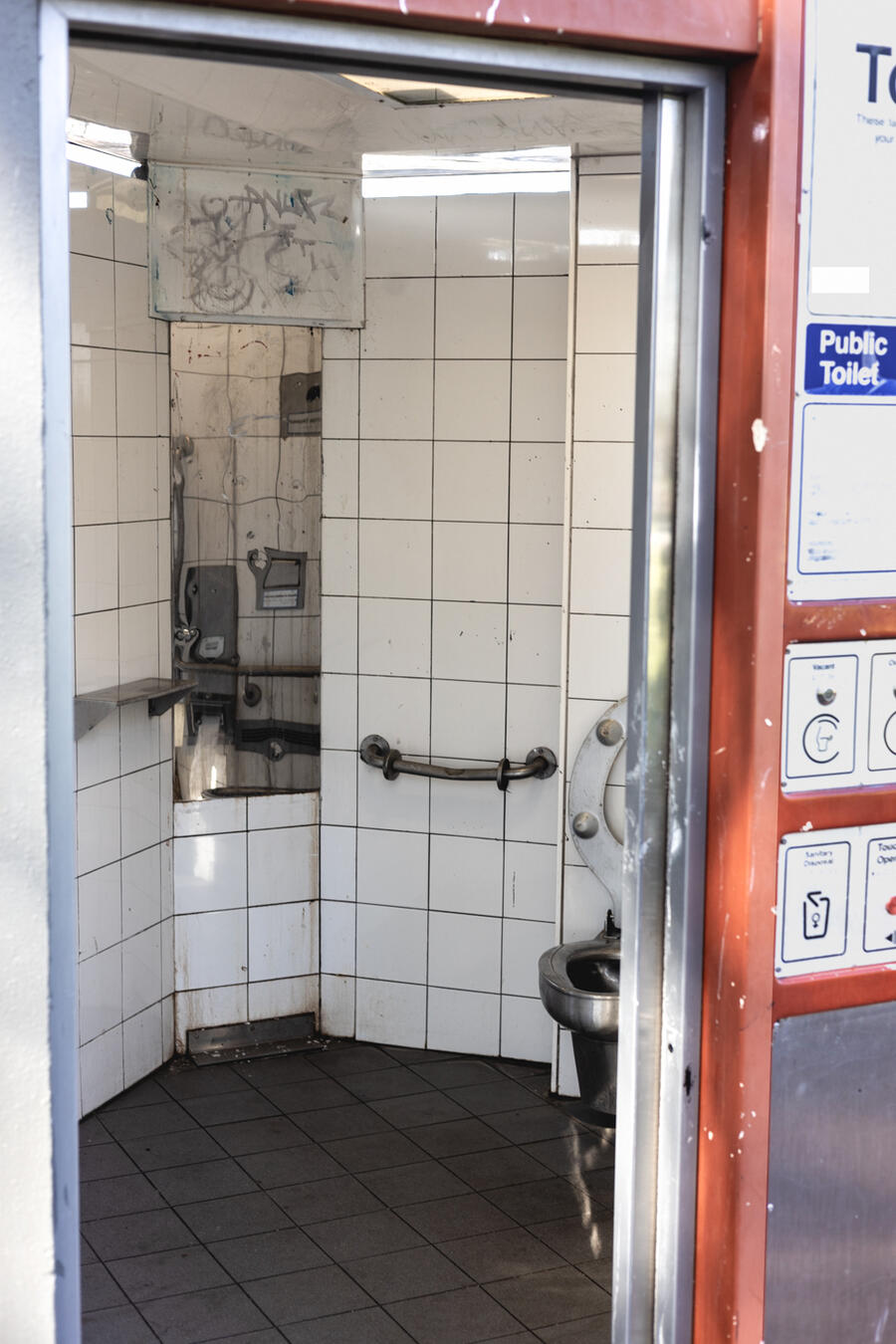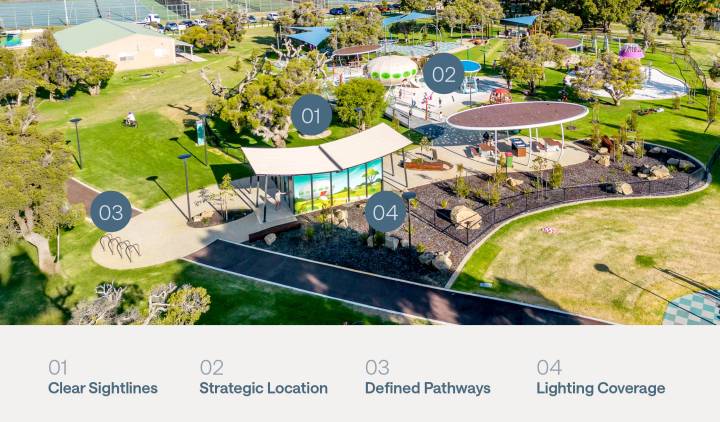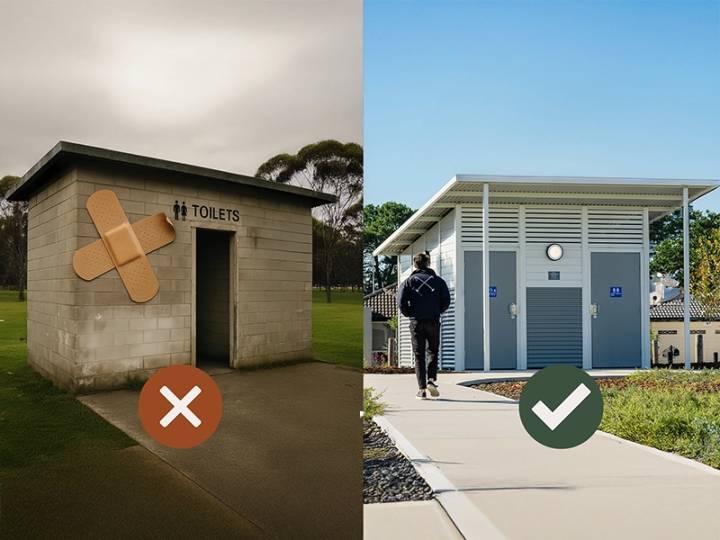The automated public toilet: modern convenience, or increasingly costly illusion?
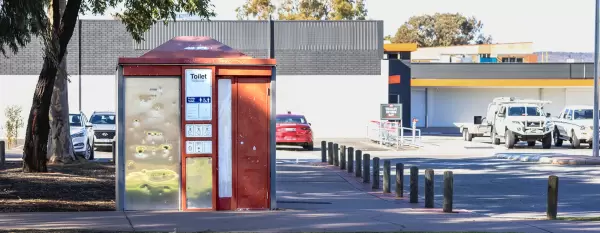
Fully automated toilet amenity building — featuring automatic, timed flushing, self-cleaning technology, sensor-driven doors and sink taps, and even automated toilet paper dispensing — are becoming common in public spaces.
Proponents consistently tout better cost- and maintenance-efficiencies, as well as hygiene benefits. For perpetually cash-strapped councils and governmental agencies it’s an alluring option striving to rein in the costs of delivering much needed public facilities.
However, a closer look reveals a more complex reality.
Self-cleaning is a cost-saving mirage that lures in councils
The promise of fully self-cleaning public facilities is in some ways just like the promise of self-driving cars: overhyped and always just out of reach. It’s a huge selling point, and extremely appealing to councils looking to contain or even reduce maintenance costs.
The upfront cost is higher (typically 300% higher than a traditional toilet facility), but the operating costs will be lower. That’s the story.
Managers consequently seize the opportunity to lighten cleaning schedules. They assume that self-cleaning technology is, itself, sufficient.
Manual cleaning is performed less regularly (or sometimes not at all — they only have people to restock consumables such as toilet paper, or empty sharps) and the workers who performed those duties are made redundant.
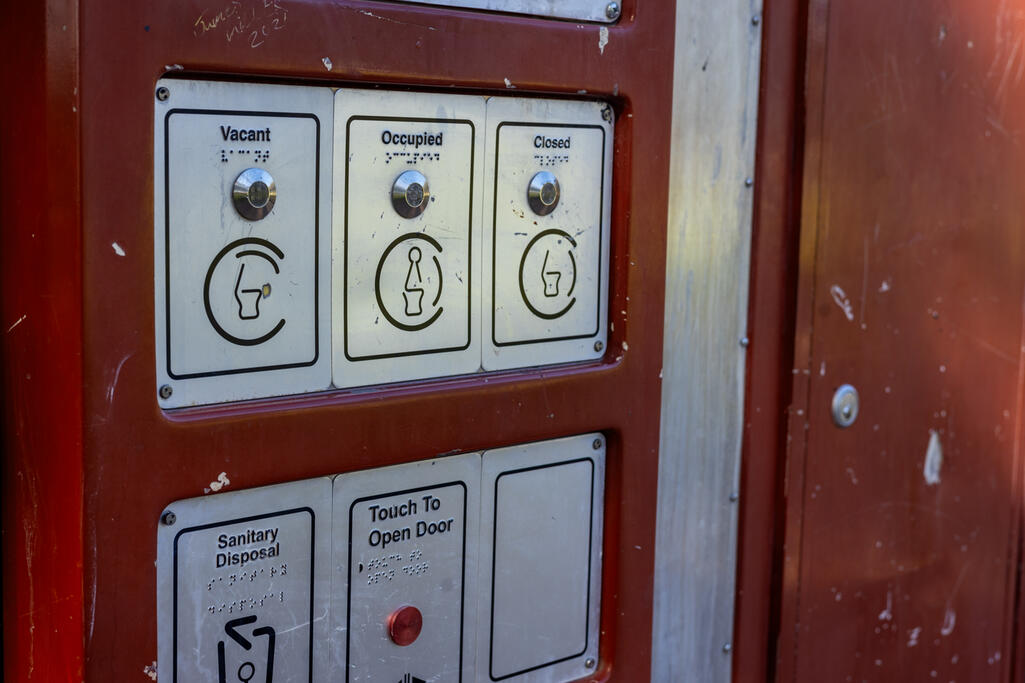
Ratepayers are less enthused about full automation
The on-the-ground experience suggests otherwise. The City of Moonee Valley council in Victoria recently conducted an extensive ratepayers survey about their preferred level of automation in public toilets and some of the comments were telling.
One said in response:
“I hate automated toilets. They smell, are wet, and are very uninviting spaces. I avoid using them as much as possible.”
Another said: “They are disgusting, they often smell and are wet inside from the automatic cleaning function.”
Asked about their preferred level of automation for public toilets, 62% of the 450-plus respondents stated that they preferred a traditional toilet with low automation levels, or no automation at all.

User-friendly and inclusive? Or intimidating and scary?
Fully automatic flush toilets are also touted as a panacea for people with disabilities or mobility issues.
The reality is more nuanced. While automatic flushing features can be helpful for some, activation mechanisms that rely on touch sensors or infrared detection can be challenging for individuals with certain disabilities or dexterity limitations.
This is exacerbated by inbuilt features such as automated door locking and unlocking that is typically set to a 10-minute timer.
Elderly people are sometimes unsure and intimidated by new technology. People who suffer from IBS or other medical issues can struggle. Parents with kids can have a tough time. And women may feel vulnerable and thus disincentivised to use them.
One person commented on The City of Moonee Valley survey:
“Please get rid of the self-locking toilets, they are not suitable for kids.” Another wrote: “…the automated loos at Queens Park are terrible, I don't feel safe in them with doors not always securing, popping open, with medical issues I often spend time in there and have had doors open.”
And another related an awkward story involving their 3yo:
“I really dislike the toilets with doors that open automatically.
Wet or damp floors are not only unwelcoming, they amplify odours and enable germs to breed. They’re colder in winter, and more humid and uncomfortable in summer.
Self-cleaning toilets, while flushing with each use, are not subject to the thorough inspection and manual cleaning required to maintain hygiene. Combined with low-volume flushing, this creates common situations where people’s mess can be accidentally left behind, or they deliberately create a mess that the self-cleaning function is unable to cope with.
This can lead to a build-up of bacteria and grime, ironically making the toilet less clean than a manually maintained one.
These are a nightmare for parents with young children as the 'door open' buttons are brightly coloured and at a toddler's eye level simply begging to be pressed. My 3-year-old daughter opened the door at the wrong moment once and there was a long queue of people outside.”
The lesson is that technology, meant to be inclusive, can still inadvertently end up excluding people.
The cleaning function also typically closes the unit for 10 minutes every 30 uses, or as a minimum twice daily. Combine this with times the unit is closed for maintenance or cleaning and it can add up to a scary amount of time when the unit is not available for use.
This can create a queuing issue when there is only a single toilet in the facility.
What’s the environmental cost?
The environmental impact of self-cleaning facilities is a major concern.
Bluntly, they use a lot of water. Auto flush wastes water since there are multiple flushes between each actual use of the toilet or urinal. Sensor-driven flushing can also accidentally activate while someone is using them but before they’re finished, or even if they happen to be using a toilet stall to change or simply adjust their clothing (this can also be very disconcerting for people).
This constant flushing is a significant driver of increased water consumption.
This is especially hard to justify in areas facing water scarcity, where the unnecessary flushing of water adds to the strain on already limited water resources.
Additionally, the production and disposal of the complex electronic components within these facilities contributes to environmental pollution and resource depletion.
High-tech toilets mean high-tech maintenance and repairs
The maintenance of automatic flush toilets is also far from straightforward.
Unlike traditional toilets, which are driven by simple, easy-to-service mechanisms, these technological marvels require sophisticated electronics and sensors. This means that repairs and troubleshooting become more complex, often requiring specialised (and thus expensive) technicians and costly replacement parts.
In some scenarios, the repair costs can significantly outweigh the promised labour savings.
These parts also might need to be sourced from overseas. That can increase downtime while waiting for spares, and an out-of-order toilet is not one that’s either servicing the needs of the community or that can be said to be paying for itself.
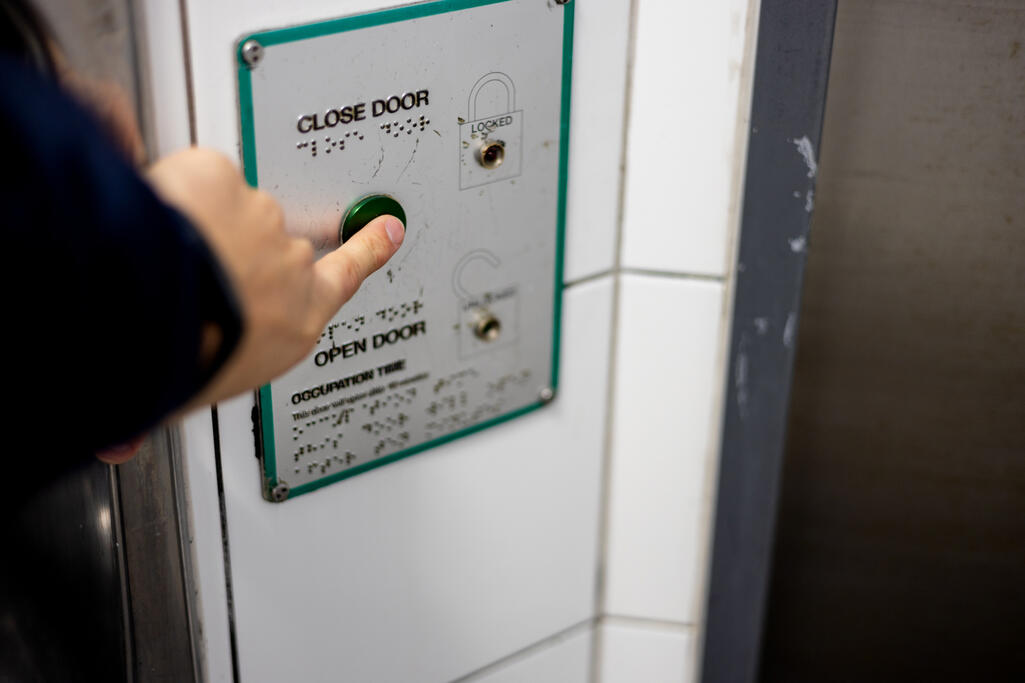
Better security and vandalism prevention
It’s worth acknowledging that automated toilets offer positives in the context of vandalism and security.
They can be programmed to open and close at designated times. That’s a big help when considering security. They also tend to feature anti-vandal approaches such as wall-mounted fixtures, or retracting bowls which prevent them from being easily broken by hooligans.
Yet similar anti-vandalism technology is now regularly available in more traditional toilet builds — which is available at half (or even a third) of the price. For example, at Modus we can offer traditional toilet amenity solutions that are specially designed with durable materials that are resistant to damage and easy to maintain. Careful material and component selection, items such as heavy-duty stainless steel basins and taps, auto-locking systems and timer-controlled doors, anti-graffiti coatings, and easy-replace modular cladding systems deliver the same level of performance at a better price point.
Exeloo Replacement for Ararat, VIC
In 2025, Ararat Rural City Council replaced its unreliable Exeloo toilet with Modus Australia’s InCube 1. The Exeloo’s constant tech failures drove up maintenance costs and public frustration. The InCube 1 offers a simpler, low-maintenance solution with key features like timed lighting and ventilation. Prefabricated for quick install and built for durability, it’s been well received by the community and cuts ongoing costs.
Be wary of design straightjackets
Finally, self-cleaning public toilets tend to lack customisation. The floorplans are often quite large (to fit all that tech), and only come in a couple of styles. This can have a flow-on effect on any facility or park they’re being designed into.
Automatic flush toilets aren’t a silver bullet. The promise of increased hygiene is often unfulfilled, and the high maintenance costs, environmental impact, and potential for exclusion raise serious questions about their overall value.
Perhaps, instead of blindly embracing technological solutions, we should consider a more nuanced approach, focusing on well-maintained, traditional toilets, with accessibility features tailored to individual needs. This would not only be more cost-effective and environmentally responsible, but also ensure a truly inclusive and hygienic experience for all.
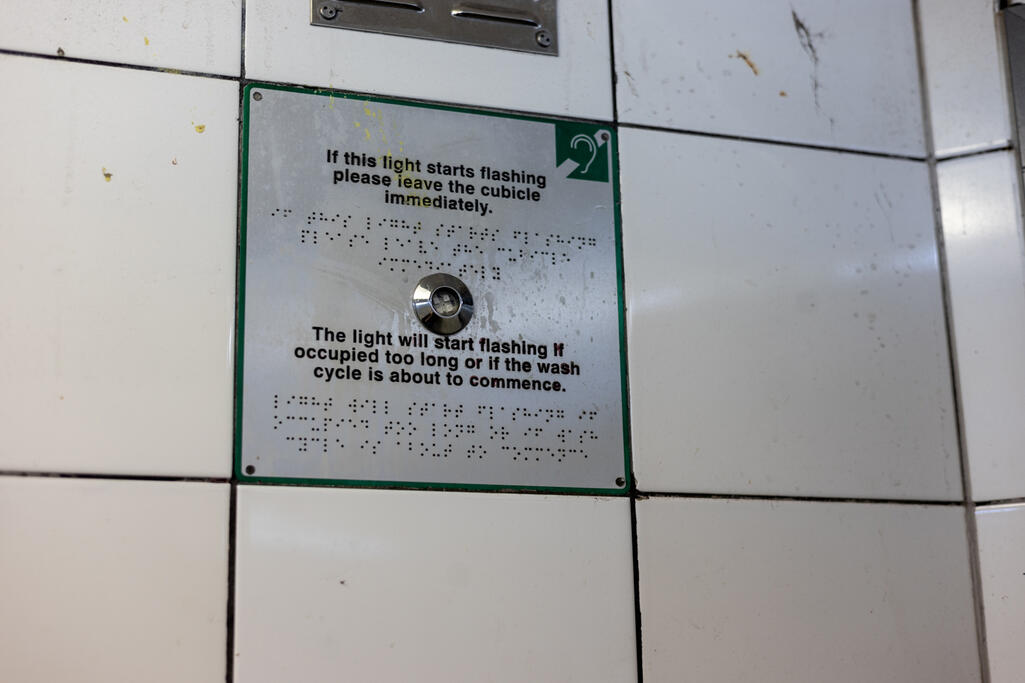
Exploring your options
Before committing to an expensive automated public facility, we suggest it’s worth exploring alternatives. The reality is that you may well be able to obtain better ROI from a traditional solution. Here’s our advice on what you should look for:
- Proven vandal-proof, easy-to-secure designs that use CTPED (Crime Prevention Through environmental design) principles.
- Design and engineering that offers disabled access, and is compliant with relevant Australian Standards (AS1428).
- Durable material selection that have been tested and are capable of enduring the elements: coastal corrosion, cyclones, heavy snow loads and floods.
- Modular, prefab construction that require minimal connections on-site (warning: not all prefab is the same!) because it will save you time and money.
- Modular floorplans because they can be infinitely adapted and customised to suit your specific building use with standard toilets, showers, changerooms, storerooms or even laundries and canteens.
- A supplier who is able to provide a clear design, full scope and specification, and concrete pricing
Which toilet building do we recommend?
If you need to replace an exisiting Automated Toilet or are after an alternative for your next project at Modus, we would recommend our InCube. The InCube features many of the same premium features as the Automated toilet without the automated features that lead to high maintenance costs down the track.
Choose from our InCube products here
